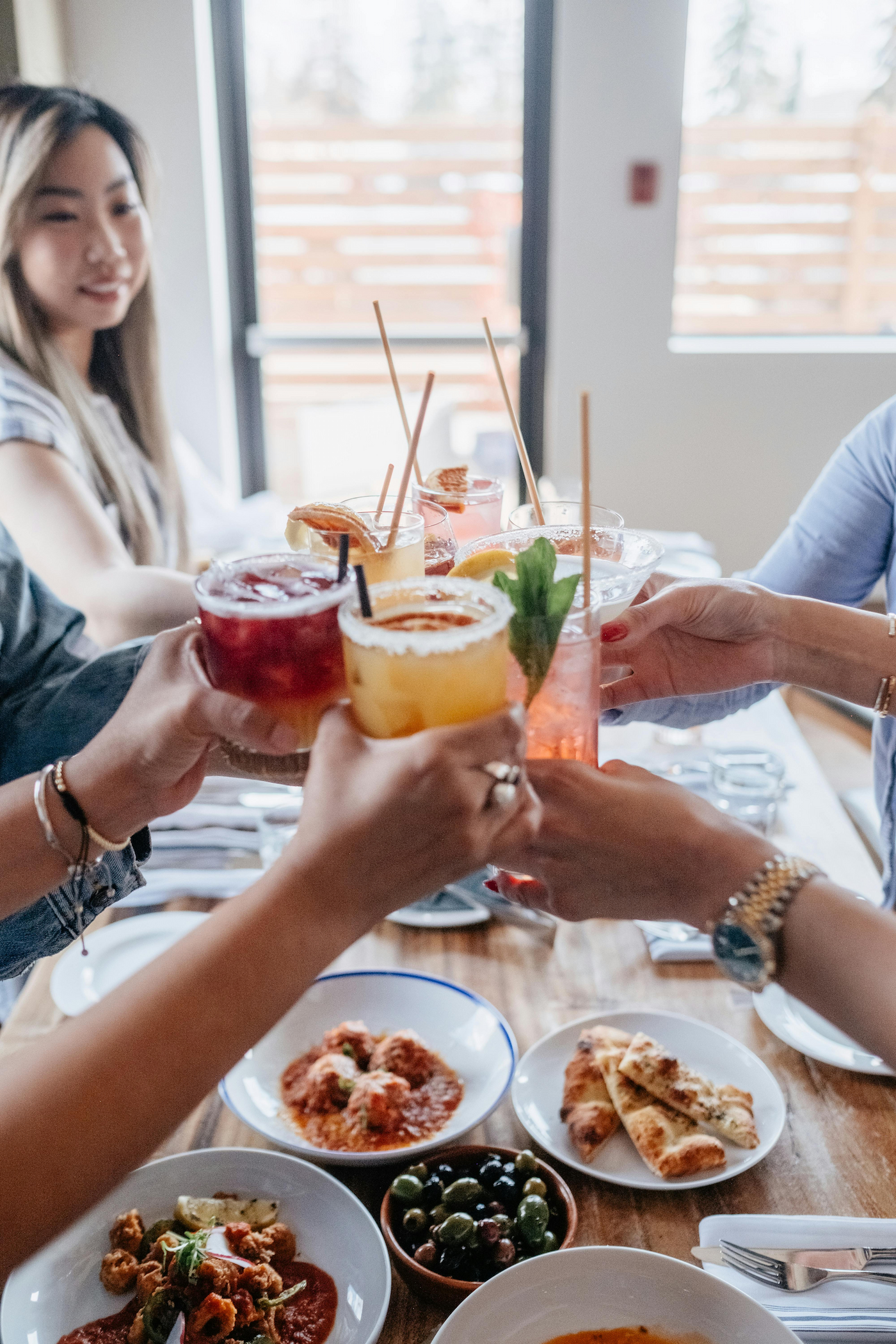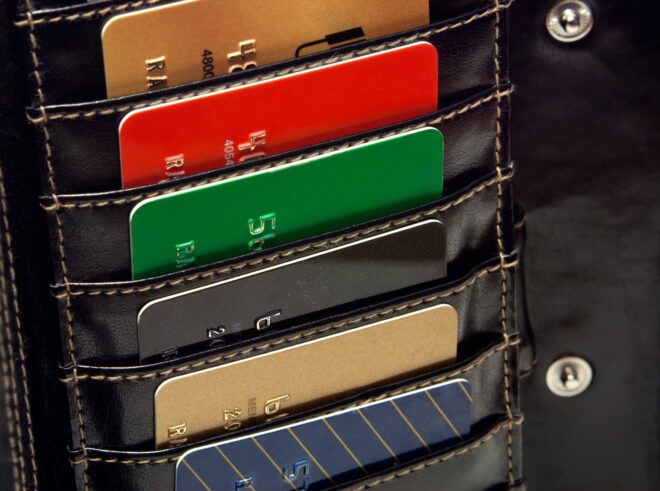How to improve your happy hour menu
Editorial Team
6 min read
Happy hour is vital to the success of a restaurant or bar, but simply offering discounts on drinks isn’t enough to stand out. To attract more customers and build loyalty, it’s essential to rethink and elevate how you do happy hour.
Below are key strategies to help improve your happy hour menu and boost sales.
1. Have a goal and understand your customer
First, you need to be clear about what your goals are for your business. Are you a restaurant aiming to draw the after-work drinks crowd and have them stay for dinner? Are you a new venue trying to attract a specific clientele? Are you an established bar trying to boost traffic on a slow weeknight?
Secondly, make sure you understand your audience: Who frequents your establishment? Are they looking for budget-friendly options? Or, are they willing to pay a premium for unique experiences?
With the right information, you can improve your happy hour drink specials to match your customers’ preferences—whether they prefer craft cocktails, local beers, or classic bar drinks. Surveying customers or analyzing sales data can help pinpoint which changes to the happy hour menu could spark interest.
2. Offer more than just discounts
While running specials is a popular happy-hour tactic, a well-rounded drink special should also focus on value beyond the ticket price. Think about adding options like:
Bundled offers
Drink + food pairings, or “buy one, get one half off” deals. Bundling increases the perceived value of the special and encourages customers to stay longer.
Themed events
Create daily or weekly themed events that feature specific spirits or cocktail styles, like a “Margarita Monday” or “Whiskey Wednesday.”
Mini options
Offer small versions of popular drinks. For example, a “$5 Mini-tini,” or a spirit-specific happy hour one day a week. Even something as simple as a marketed “half pour” could be eye-catching for the casual drop-in.
READ: Why you should consider adding tiny cocktails to your restaurant bar menu
3. Create signature cocktails
Developing a unique drink menu that features exclusive cocktails can elevate your drink specials beyond the typical discounts. A signature cocktail can give your business an identity and act as a conversation starter. You can even create a rotating cocktail of the month to keep things fresh and exciting, attracting repeat customers who want to try the latest concoctions.
Create a unique cocktail menu that changes seasonally. Get people buzzing over strawberry-focused drinks in the summer or spiced pear options in the fall. Plus, when the drinks look and taste festive, your customers are more likely to post pictures on their social platforms.
4. Incorporate local ingredients and spirits
One of the best ways to create standout drink specials is to highlight local ingredients, spirits, or beers. Partnering with local distilleries, breweries, or farms not only helps differentiate your offerings, but also builds stronger community ties! You can promote these drinks as “local favorites” or “farm-to-glass” cocktails, which appeal to customers interested in supporting local businesses.
5. Offer non-alcoholic options
With the growing popularity of the “Sober Curious” movement, it’s essential to offer drink specials that cater to non-drinkers, or those choosing lower-alcohol beverages. Non-alcoholic cocktails (mocktails), flavored waters, or craft sodas can be refreshing options to add to your happy hour menu.
This shows inclusivity, attracts a wider range of customers, and creates an environment where everyone can participate in the fun.
READ: 5 ways to boost bar business in Dry January and Sober October
6. Entertain your guests
Outsource the fun with an events company who can do the heavy lifting for you. For instance, Broadly Entertaining, led by Giana DeGeiso and Jamie Rosler, serves a range of private and corporate clients, offering decades of experience in performance, hosting, and event management. And one of their leading specialties has become “bar entertainment.”
Partnering with an experienced events company takes the pressure off your staff. Even if you have employees with a natural flair for entertaining, it’s often more effective for them to focus on customer service.
7. Make it social media worthy
The best happy hours aren’t just about the drinks—they’re about the experience. Use social media to your advantage by creating drink specials that are visually appealing and shareable on social media. Encourage customers to post photos of your unique cocktails and tag your business in exchange for a small discount or freebie on their next visit. Make sure to include any local vendors used in your creations so that everyone gets visibility. A well-curated Instagram feed with vibrant images of drinks and creative presentations can turn your establishment into a happy-hour hotspot.
8. Train staff to sell specials
No matter how great your drink specials are, they won’t sell as much as they could if your staff isn’t promoting them effectively. Train your team to confidently recommend happy hour menu specials, upsell premium versions of drinks, or suggest pairings.
Make sure employees have opportunities to try aperitifs and drink creations, so they can offer their honest opinions to curious customers. A well-informed and enthusiastic staff can make a huge difference in sales and customer satisfaction.
9. Make happy hour more flexible
Rather than keeping specials within a fixed time block, consider offering happy hour menu specials at various times throughout the day or week. For example, offer a late-night happy hour that caters to customers who are winding down after dinner. Or, offer a midday mimosa. Flexibility allows you to cater to different customer segments, like the after-work crowd or late-night party-goers.
10. Monitor and adjust regularly
Finally, the key to a successful drink special program is refinement. Track the success of each special, and look at factors like sales volume, customer feedback, and foot traffic. Adjust based on what’s working and what’s not. Experiment with pricing, timing, and promotional strategies to optimize the customer experience and your bottom line.
Elevating your happy hours isn’t merely about discounts—it’s about creating an experience that encourages customers to stay longer, spend more, and come back often. By understanding your audience, tapping into your creativity, and using technology, like a Clover POS system designed for restaurants and bars, you can transform your happy hour menu into a standout feature of your restaurant or bar. So, go ahead—rethink your drink specials and get ready to see your business thrive!
Related Posts
Detecting and preventing eGift card fraud
8 different types of credit cards for businesses and consumers
Popular Topics
Stay in touch
Sign up and learn more about Clover.
Thank you for your subscription!
More posts about starting a small business
eBook





